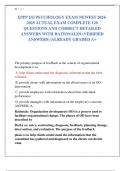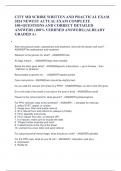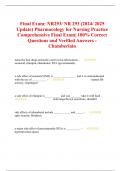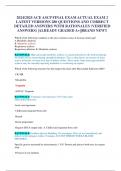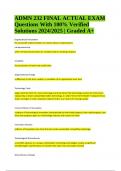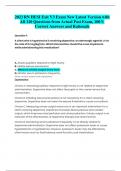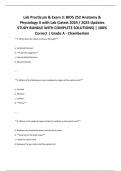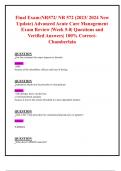Exam (elaborations)
EPPP I/O PSYCHOLOGY EXAM NEWEST ACTUAL EXAM COMPLETE 120 QUESTIONS AND CORRECT DETAILED ANSWERS WITH RATIONALES (VERIFIED ANSWERS) |ALREADY GRADED A+
- Course
- Institution
EPPP I/O PSYCHOLOGY EXAM NEWEST 2024- 2025 ACTUAL EXAM COMPLETE 120 QUESTIONS AND CORRECT DETAILED ANSWERS WITH RATIONALES (VERIFIED ANSWERS) |ALREADY GRADED A+
[Show more]
